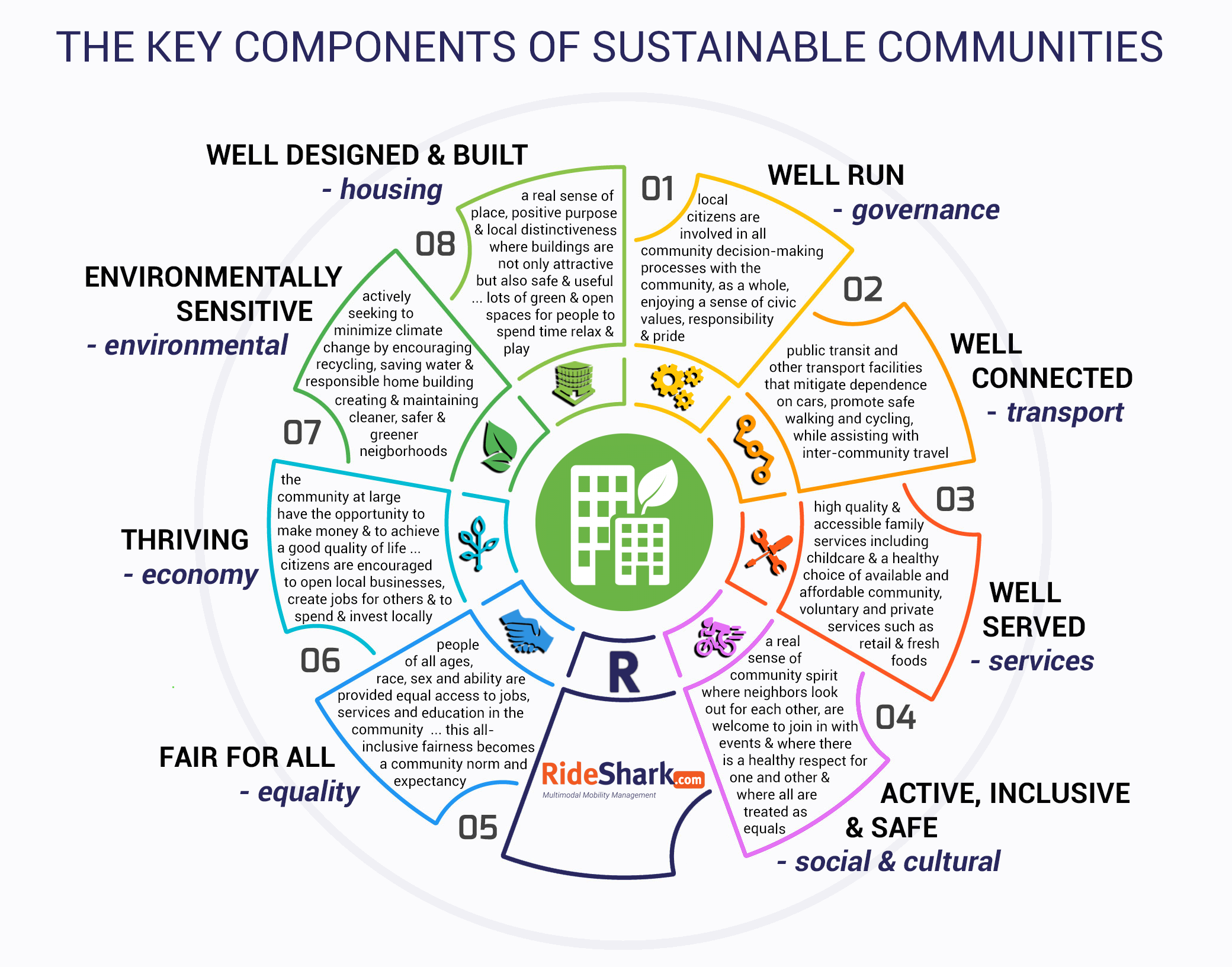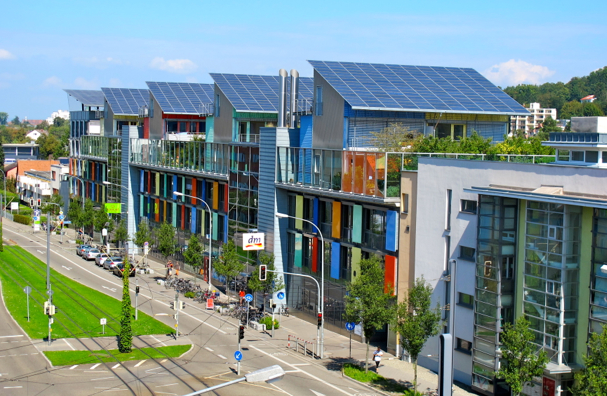The 17 goals, championed by the United Nations, all work on coordination with each other, so it is hard to favor one out of the bunch. But to me, Goal 11 is the snowball to roll, but has the best effects once it gets rolling. As per the UN’s definition, Goal 11 is, “[To] Make cities and human settlements inclusive, safe, resilient and sustainable”. The world is obviously such a massive place, so to make such a large change like the UN is trying to achieve by oneself is nearly impossible; however, on the chance it is, the reach of accomplishing the goal is not that widespread. To be clear, that is not to say there is no value in smaller groups or individuals from trying to better the world. To make a sustainable globe, it takes a global effort, it takes everyone. It is easier to accomplish when everyone is on the same playing field, which is why creating sustainable living is so essential.

Before the pandemic hit, almost 1 billion people lived in slums, with most of them residing in parts of Asia and Africa. If that seems bad, about only half of the urban population in the world has access to public transportation. Imagine the numbers now; unfortunately it makes achieving the 2030 goals significantly harder, but they can still be done. 5 years ago in 2016, in Ashgabat, Turkmenistan, the UN held the first Global Sustainable Transport Conference. It was a success, with the attendees reaching the conclusion that sustainable transport is essential for maintaining the Sustainable Development Goals (SDGs). The rest of summary of the conference can be found here. In a few days, the next summit will in Beijing, China, which will be another opportunity to discuss challenges and solutions to achieving worldwide sustainable transport. While on paper transport and living are different, in practice they can not function without the other. Roads are no good without places to go to, and places can not be reached and developed if there are no roads to navigate.

Recent Comments